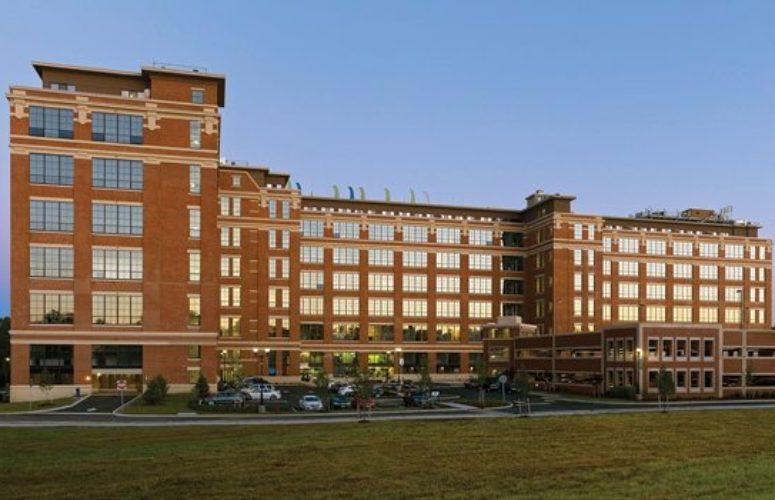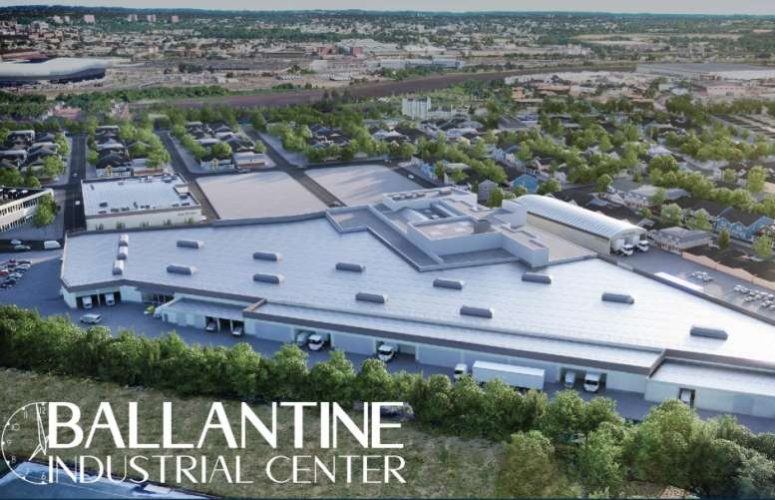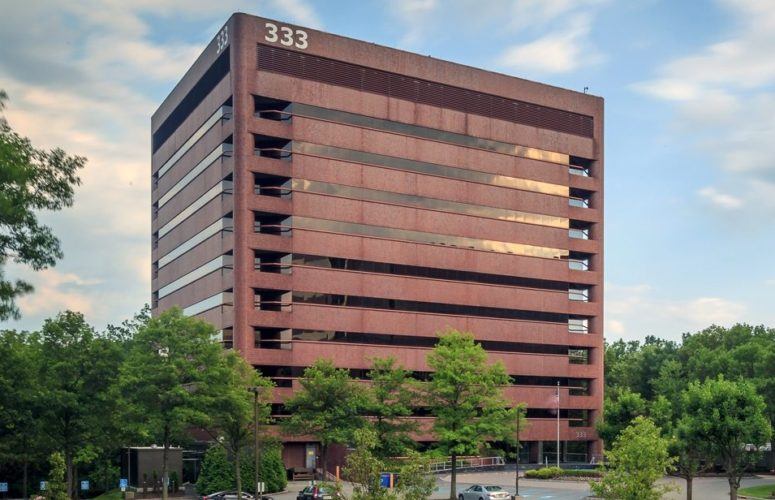
Surveying the Multifamily Market
Developers discuss trends impacting this housing sector.
By Michael Silverstein, Contributing Writer On Dec 29, 2014Like almost everything else related to the economy these days, there are differing views about the near-term prospects for the multifamily housing market. This is especially true in New Jersey, where in recent years this market has been booming.
Is this a boom before a bust, and if not a bust, is there at least a glut beginning to appear? How are factors like supply and demand, the former shaped in part by interest rates and the latter by changing consumer tastes, playing into all this?
In this article, New Jersey Business magazine speaks with leading developers and experts in the real estate industry to understand what is happening in the multifamily housing market. Additionally, the magazine explores industry views on New Jersey’s office market, which has taken a backseat to the multifamily end of real estate development that has been doing so well.
The Rental Picture
For people who can afford it and meet tougher mortgage qualifications standards, “you’ve had the greatest home ownership affordability curve” in a very long time, notes Eugene Diaz, a principal at Prism Capital Partners in Bloomfield. Renting rather than home ownership is nonetheless experiencing the real growth in New Jersey, he says.
Changing lifestyle preferences do much to explain this.
“We have seen a fundamental shift in the way people want to live today,” says Mitchell Hersh, president and CEO of Mack-Cali Realty Corporation in Edison and chairman and CEO of Roseland Partners (Roseland is a multi-family residential community developer purchased by Mack-Cali in 2012). “Whereas the profile of the typical renter even six or seven years ago was thought to be someone who couldn’t afford to purchase a home, today we’re seeing an increase in the number of people who can afford to buy a home, but are choosing to rent because they want flexibility,” he says. “This is increasing the overall pool of renters, which is driving demand in the multifamily rental sector, particularly in transit-oriented and urban locations.
“We have also seen a steadily growing renter base of young professionals and millennials,” he adds, “drawn to the access of transportation, culture and social context of the denser, more urban hotspots. … We’re witnessing an influx of the renter by choice; that is, those that may be able to afford to buy a home, but elect to rent,” Hersh explains.
The growing attraction of multifamily housing isn’t limited to millennials either. Another burgeoning demographic group, older people wishing hassle-free living, avoiding home owning maintenance and property tax surprises, also continues bolstering this rental market. “There’s a lot of interesting new product for older renters these days supporting this trend,” notes Michael Allen Seeve, president of Mountain Development in Woodland Park.
Rising Rents
The ability to raise rents or even just maintain rent levels is related to such factors as competitive rents in luxury apartments across the river in New York City. When a professional couple compares rents twice as high per square foot in hip sections of Brooklyn than units in Jersey City, it can be an easy choice.
According to Hersh, rents throughout Mack-Cali/Roseland’s own portfolio “have remained relatively stable over the past year as demand throughout our communities has been consistently strong. We have seen particularly high demands for our recent properties throughout the ‘Gold Coast,’ including Jersey City and Port Imperial (West New York).”
Rents to date haven’t just held up or increased in the luxury end of the multifamily market. In parts of New Jersey, property developers/managers have been able to enjoy solid and improving rents in middle income communities.
“When we looked at this market a decade ago and decided to get into it strongly,” says Diaz, “we found that a lot of [middle income] people were living in apartments built in the 1960s and saw opportunities to get higher rents by improving quality and amenities in new product.”
Bradley Seiden is chief investment officer at Tightline Equities, a subsidiary of Larken Associates in Hillsborough. Larken has 1,200 units of multifamily housing in 13 properties with much this same middle-income demographic
“We have been able to get 5 to 7 percent rent growth by pumping up renovations,” says Seiden, “and we think this will continue.” His reasoning? Even if the economy weakens and wages don’t grow very fast, “many households now have two incomes. … They can support higher rents in the future,” he says.
NAI James E. Hanson in Hackensack is a real estate brokerage, consulting and property management organization. The director of its multifamily group, Enn Kunnapas, points out the two-tier nature of the multifamily market and its effects on rents: “Bergen County, lots of jobs, close to New York, luxury properties … all rental pricing drivers for Class-A properties; while many other parts of the state, C class markets, where joblessness works to keep down the rents,” he says.
Glut Or No Glut
After a year’s long surge in the New Jersey multifamily market, has a glut of properties been created? In general terms, Diaz doesn’t think so. “There can be a flattening in demand in some areas. In Jersey City, 80 new units come into the market and 40 don’t rent quickly, it can give the impression of a glut, but the overall rental demographics are still good.”
A glut in this market? “I don’t see it at all,” Seiden says.
Neither does Hersh — at least when it comes to his company’s own market segment. “There continues to be a very strong market for well-located multifamily rental properties that are meticulously maintained and amenitized to fit the lifestyle needs of the modern luxury renter. We believe that this demand will continue for the foreseeable future, as a larger percentage of renters today are renters by choice.”
Gluts, however, don’t only appear because demand falls. They can also come about because something pumps excess supply into a market. In the case of the multifamily rental market in New Jersey, some watchers think that exceptionally low borrowing rates available to developers in recent years may have produced a glut already, or may do so soon.
Says Kunnapas: “What’s happened with multifamily reminds me of what happened [in some markets] right after 9/11. For six months, everything went dead … then markets took off because of Fed policy. This is the key factor to multifamily growth.
“There’s already a lot of supply in the market,” he continues. “Not every deal is getting bought.” Everyone is already talking about rates going up. When that happens, “it will probably let air out of market – though gradually.”
Seeve, on the other hand, puts a more positive spin on future rate hikes. “As borrowing cost go up [for developers], so, too, do opportunities to raise rents because [it’s a sign] the economy is improving. Our concerns about borrowing problems are less than they were a few years ago,” he says.
Other Commercial Real Estate Segments
Developers and other players in New Jersey’s real estate markets are often looking over their shoulders for opportunities in market segments that have been soft for a time. Some are seeing them today with offices and certain kinds of retail development.
Seeve, for example, is looking more favorably at the office market segment. “Yes,” he says, “it has been a laggard compared to multifamily and industrial in recent years, but it has also been improving in the last year or two. Business confidence is up. Companies are adding development people and looking to expand after cutting back for years. Our view — we’re bullish on the office market.”
Seiden points out another sector that his own company is viewing more favorably. “We have been focused on residential, but are looking now into specific retail situations: One-off deals … fix up and increase cash flow.
“We’re more comfortable with the daily user, servicing the daily needs part of this retail sector. It’s the Walgreens and Dunkin Donuts, not big box stores. However, big boxes that services a variety of needs, like hospital building fitness centers, can look good.”
Conclusion
The multifamily market is a kind of puzzle that New Jersey developers must solve. How might population size affect it, factoring in immigration from other states as well as other countries? How old and in need of replacement or renovation is the existing multifamily housing stock? How strong is the economy in areas where development is to happen? How might changing consumer tastes affect a project’s attractiveness? What’s the rent raising potential in a renovation or new project? What’s the strength of competing housing – in-state from single family units and out-of-state from places like Manhattan and Brooklyn? Does developing more office and retail projects look like a better focus then multifamily projects?
These are just some of the factors that shape the New Jersey multifamily housing market. Developers have found things here congenial in recent years. Most still seem optimistic about near term prospects in this market.
Related Articles:






